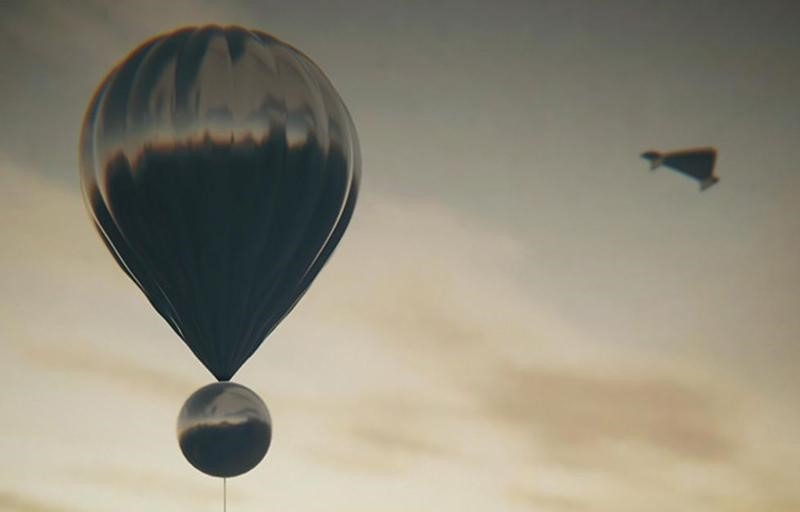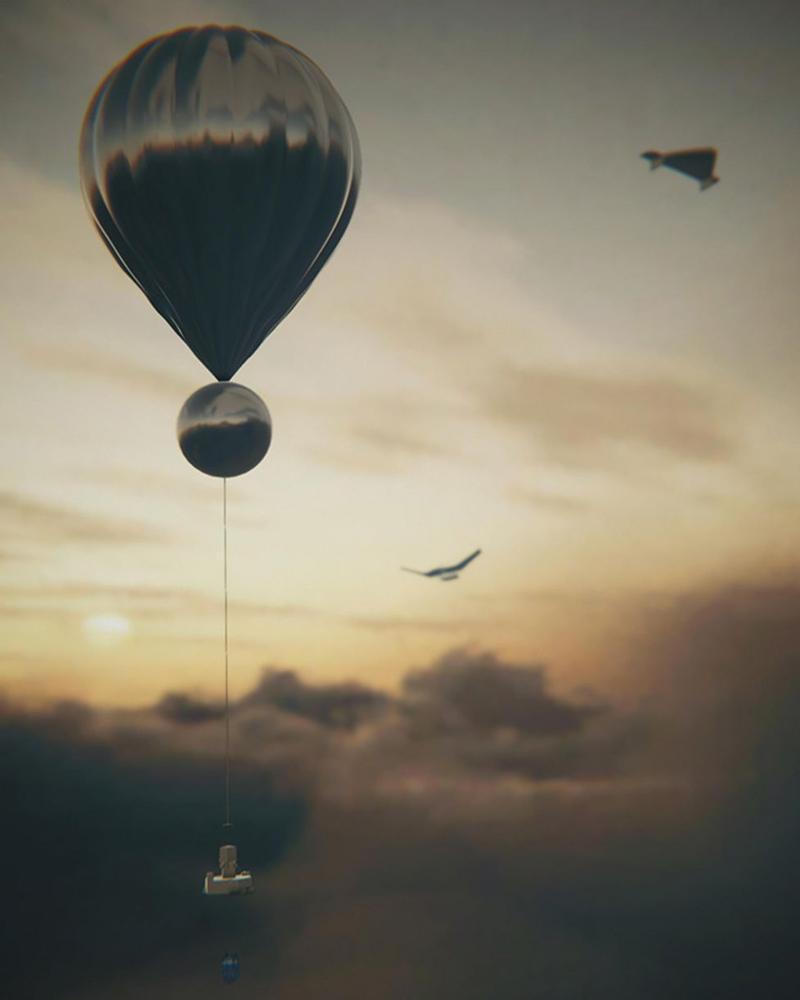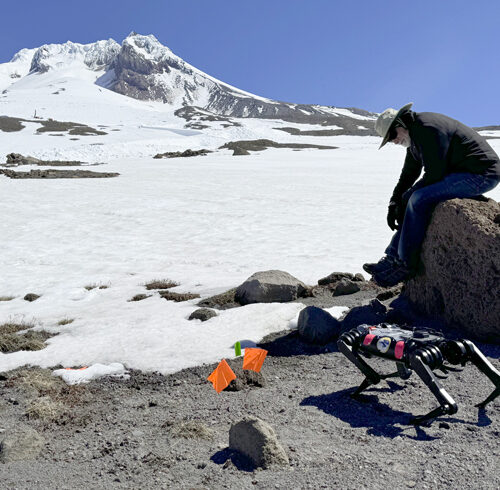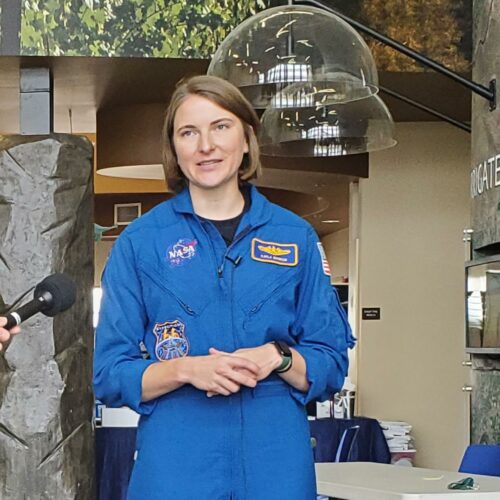
Robotic Balloons To Explore Venus? This Northwest Company Is Working On It
READ ON
The space agency NASA has chosen a small Tillamook-based aerospace company to design and test robotic balloons for future scientific exploration of Venus. Near Space Corporation is working on the Venus project with some of the same NASA team members currently managing an historic helicopter drone flight on Mars.
Near Space CEO Tim Lachenmeier said his company hopes to test fly a Venus exploration balloon prototype here on Earth in early fall. In an interview Friday, Lachenmeier said the harsh operating environment of Venus presents a difficult, but fascinating technical challenge.

Artist rendering from 2018 of a robotic balloon that could be part of a return to Venus. CREDIT: Tibor Balint/NASA/JPL-CalTech
“Venus has a very hostile atmosphere,” Lachenmeier said, noting the threat of corrosion from sulfuric acid in Venus’s thick clouds alongside hot temperatures. “Most things you would build balloons out of would deteriorate in a hurry.”
“There’s this battle between how robust you make it,” Lachenmeier said. “If it is too robust it won’t fly. So, you have to kind of finesse the actual design.”
Space probes previously sent to the inhospitable surface of our nearest planetary neighbor have measured hellishly hot conditions before failing in short order. Thus, the attraction of attaching sensors to a “smart,” Teflon-coated aerial platform that could float and ride on the winds in the relatively balmy upper atmosphere of Venus.
“There is no commissioned mission for a balloon at Venus yet, but balloons are a great way to explore Venus because the atmosphere is so thick and the surface is so harsh,” said Jet Propulsion Laboratory engineer Siddharth Krishnamoorthy in a NASA web post. “The balloon is like the sweet spot, where you’re close enough to get a lot of important stuff out, but you’re also in a much more benign environment where your sensors can actually last long enough to give you something meaningful.”
While the exploits of the Perseverance rover on Mars understandably command the gaze of space enthusiasts and NASA at the moment, Venus could eventually recapture a share of attention and money thanks to a recent discovery hinting at possible microbial life on Venus.
Last fall, researchers led from Cardiff University in the United Kingdom announced they detected the gas phosphine while studying the Venusian atmosphere by telescope. Phosphine is produced by microbes living in harsh environments or in chemical factories, the latter of which Venus doesn’t have.
“Venus is suddenly taking a new and more high level priority,” Lachenmeier observed in light of the finding that life may actually exist on the planet.
He guessed the yet-to-be-funded Venus mission could launch in eight to ten years. If such a mission comes to be, it would follow in the pioneering trail of the former Soviet Union’s Vega balloons, two of which probed the Venusian atmosphere in 1985 for a few days each before their batteries died.
Lachenmeier said Near Space Corporation has won a series of contracts and grants dating back several years to work on the design and testing of what they are calling Venus aerobots. The most recent government award announced a few weeks ago of up to $125,000 gives NSC six months to design a method to insert and inflate a balloon in the Venusian atmosphere after it is dropped off by a spacecraft. If NASA finds this work satisfactory, the Tillamook company can apply for follow up funding to further develop and test its balloon and sensor package prototypes.
Near Space Corporation has several decades worth of experience in high altitude balloon operations on Earth and also operates the Tillamook UAS Test Range. Besides NASA, other clients of Near Space and the Tillamook test range include the Department of Defense, University of Washington, Boeing and other private companies.
Related Stories:

How a dog-like robot is training for space exploration on Mount Hood
Dan Koditschek, with the University of Pennsylvania, watches Spirit the robot as it walks from rocks to snow on Mount Hood. (Credit: Courtney Flatt / NWPB) Listen (Runtime 4:20) Read

NASA satellites could be a new tool to help estimate snowpack, manage water resources
A cross country skier follows a trail on the Sunny M Ranch property in the Methow Valley. (Credit: Courtney Flatt / NW News Network) Listen (Runtime 1:06) Read New tools

NASA Astronaut Returns To Richland
After nearly 6 months on the International Space Station, Kayla Barron from Richland is back on earth and is visiting her hometown – inspiring kids to think about their future.















